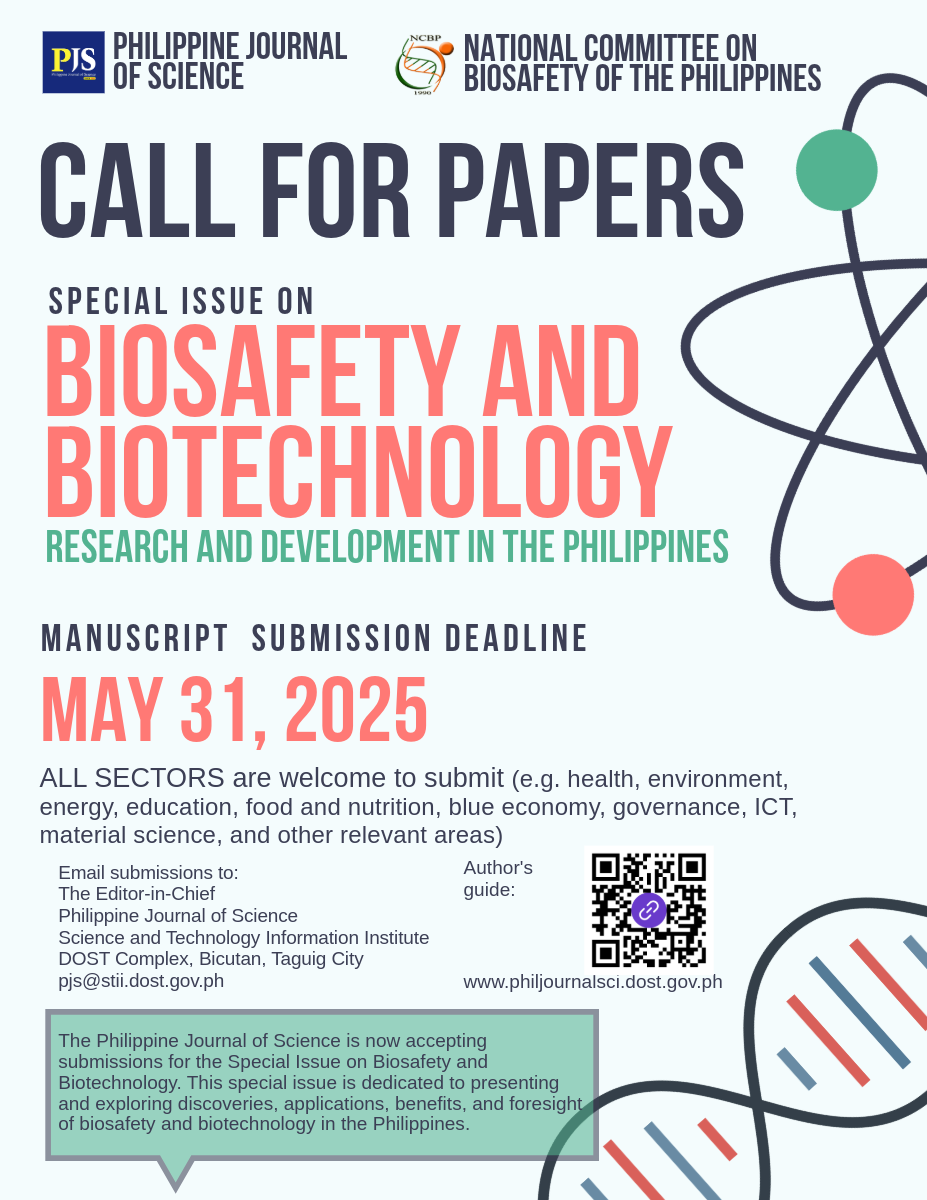Potential Contribution of Tourism for Groundwater Conservation in Mt. Makiling, Philippines
Margaret M. Calderon*, Analyn L. Codilan, Jan Joseph V. Dida,
Vanessa M. Palma-Torres, Angela Marie S. Alducente, and Canesio D. Predo
Institute of Renewable Natural Resources, College of Forestry and Natural Resources,
UP Los Baños, College, Laguna 4031 the Philippines
ABSTRACT
Calamba City and Los Baños in Laguna, the Philippines, benefit from the water ecosystem services of Mt. Makiling. Being a dormant volcano, it supplies hot water to springs and groundwater in the area, giving rise to a resort-based tourism industry. Over the years, the number of resorts has significantly increased, placing a toll on groundwater resources. Given the heavy reliance on groundwater by resorts in the area, this paper presents the findings of a contingent valuation (CV) study that examined tourist knowledge of resort water sources, reasons for their visits, and their willingness to pay (WTP) for improved water conservation of Mt. Makiling. The CV survey was implemented online using Microsoft Forms. The payment card method was used to elicit WTP, and the mean WTP was estimated using interval regression. About 50% of 492 respondents indicated awareness of the resort’s water source, mostly saying it is hot springs, but only a few knew groundwater as the water source. The main reasons for visiting the resorts are for relaxation as well as their accessibility and affordability. The estimated mean WTP is PHP 75/visit. If captured, this can raise PHP 159.52 million/yr, with a present value of PHP 1.358 billion at a 10% discount rate over a 20-yr discounting period. The respondents’ primary motivation for WTP was conserving Mt. Makiling’s limited groundwater. Those unwilling to pay cited affordability concerns and opposition to paying for pool water recycling. Insights about implementing a CV survey online are also discussed. This study recommends that local governments enact policies to capture WTP for improved groundwater conservation, utilizing the funds generated for Mt. Makiling management and resort water conservation measures.
INTRODUCTION
The Makiling Forest Reserve was established in 1910. In 1960, Proclamation No. 692 transferred the administration of the land embraced by the Makiling National Park to the University of the Philippines (UP) for the use of the College of Forestry. UP continues to administer and manage what is now known as the Mt. Makiling Forest Reserve (MMFR) through the College of Forestry and Natural Resources and directly by the Makiling Center for Mountain Ecosystems. MMFR was designated the 33rd ASEAN Heritage Park in 2013 due to its significance in conserving the Philippines’ rich floral and faunal biodiversity (MCME 2023). . . . . read more









